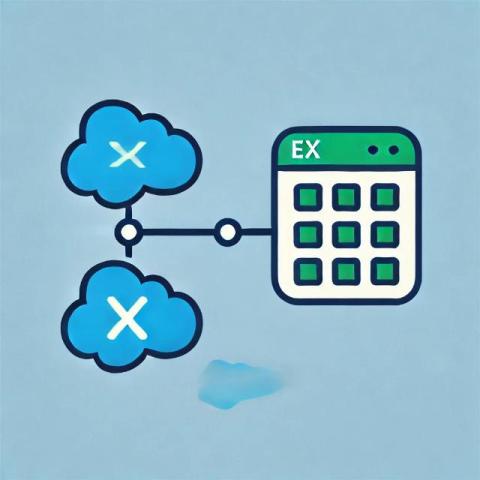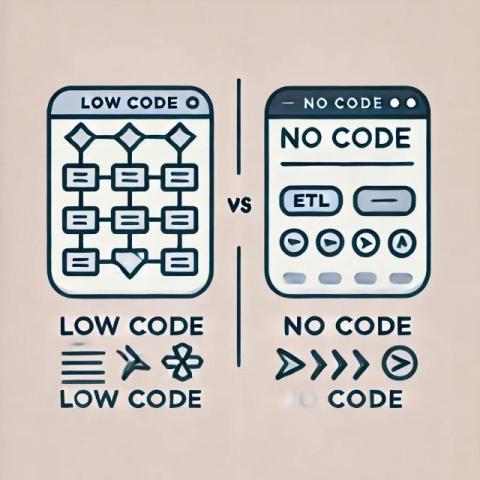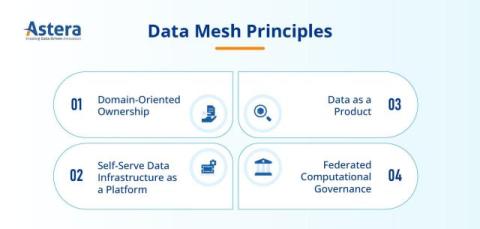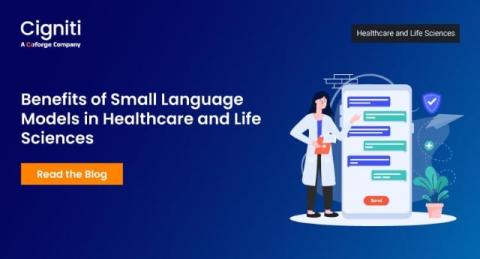Key Differences Between Smoke Testing and Regression Testing
Smoke testing and regression testing play crucial roles in ensuring the functionality and reliability of software applications. Although both test software’s functionality, their purposes differ, and they occur at different stages of development. Understanding the differences between these two testing types can help effectively manage and maintain software quality.











